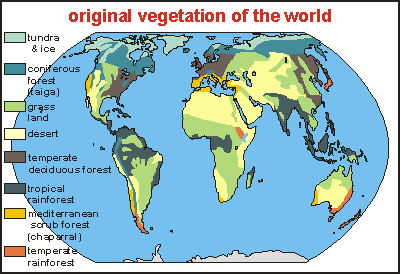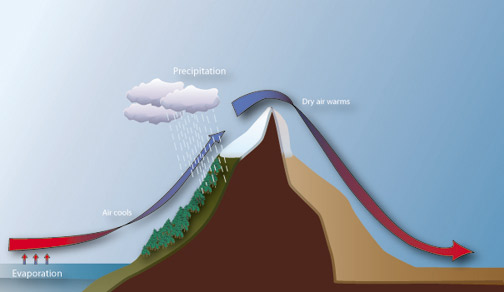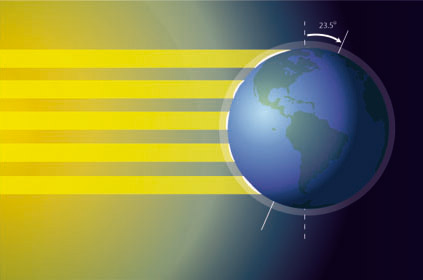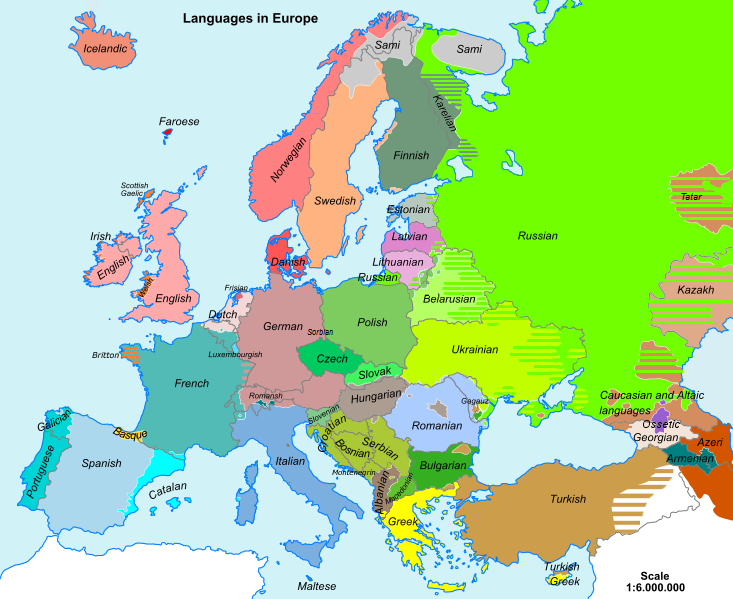
The world's oceans move constantly. Ocean currents flow in complex patterns and are affected by the wind, the water's salinity and temperature, the shape of the ocean floor, and the earth's rotation.
The Gulf Stream is one of the strongest ocean currents in the world. The Gulf Stream is a warm, Atlantic ocean current that originates at the tip of Florida, and follows the eastern coastlines of the United States and Newfoundland before crossing the Atlantic Ocean. At about 40°N 30°W, it splits in two, with the northern stream crossing to northern Europe (the North Atlantic Drift) and the southern stream recirculating off West Africa. The Gulf Stream influences the climate of the east coast of North America and the west coast of Europe.
The Gulf Stream brings warmth to the west coast of Europe and is the reason we have mild winters. Without this steady stream of warmth the British Isles winters are estimated to be more than 5°C cooler, bringing the average December temperature in London to about 2°C.






















